Not many textile artists run to the hardware store for supplies. But then again, Rodrigo Franzão is not just any textile artist. Inspired as a child by the textile nature of the wires, copper and other materials his electrician father used at work, Rodrigo has imagined and executed the most incredible works using those very same materials.
He’s also mastered an ability to turn seemingly cumbersome industrial materials into delicate and intricate installation pieces. And his constant experimentation has led to surprising results. You’re sure to find yourself asking ‘how did he do that?’ while viewing his creative work
Rodrigo lives in Brazil. He graduated in Arts, Letters and MBA in Art History and Visual Culture. He has participated in solo and group exhibitions across the globe. Of note were his solo exhibits Katharsis at the National Arts Club in New York, USA (2015) and Surface and Abstractions at the Odivelas Exhibition Center in Lisbon, Portugal (2016).
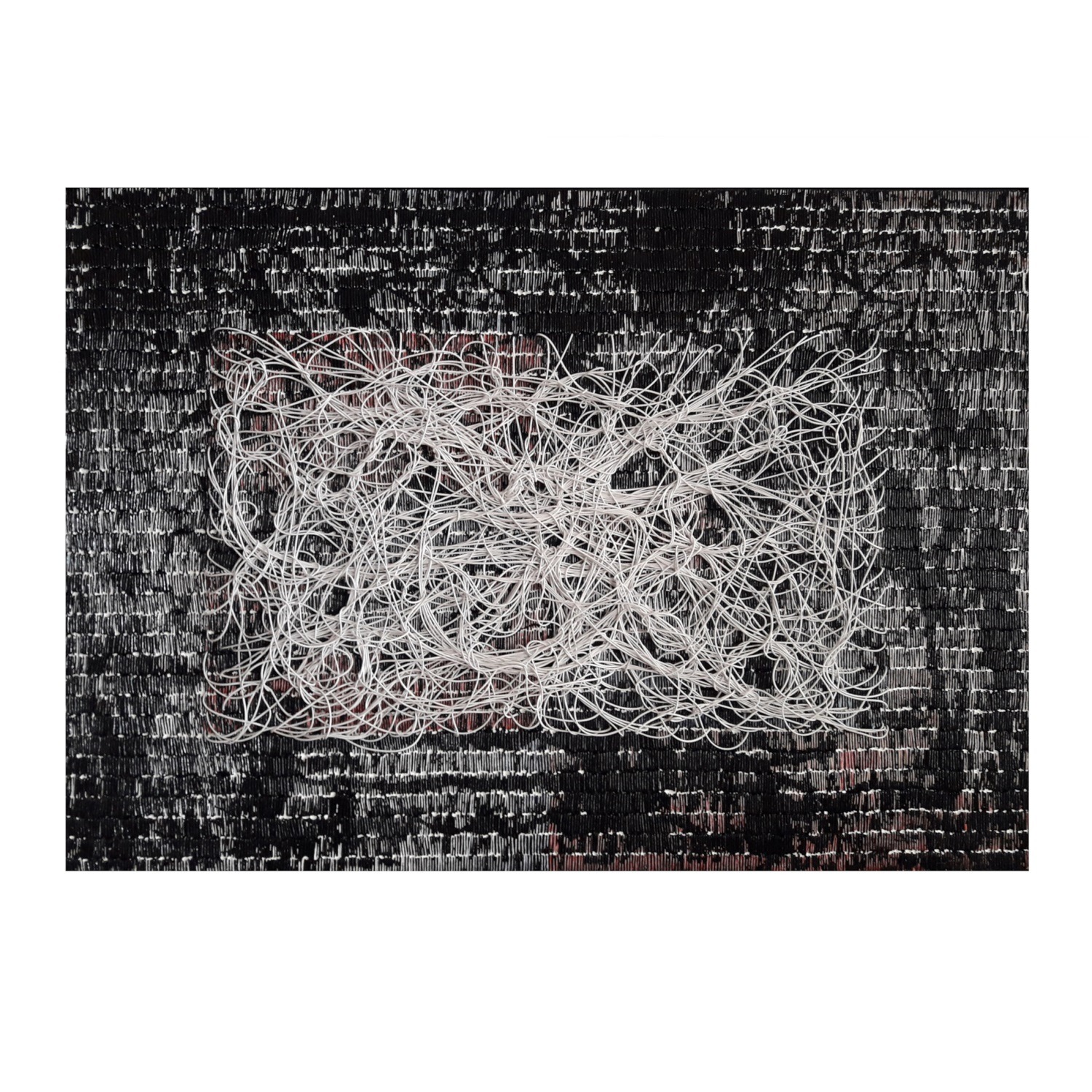
Electricity and sewing
TextileArtist.org: What initially attracted you to textiles as a medium? How was your imagination captured?
Rodrigo Franzão: I have always admired work done by hand. From a very young age, I liked to observe the rhythm of hands when they weave, embroider or sew.
My passion with the textile universe began at an early age because my parents and grandparents worked with materials that had the same sensitivity as textile art. My dad worked at an electrical company using heavier materials such as electrical wires and heavy tools. And my mother worked as a seamstress using lighter materials such as fabrics, needles, and embroidery.
I think the combination of these two universes influenced much of my work.
I do have degrees in Art, Art History and Visual Culture. But I’ve worked in various settings, from teaching Portuguese and Brazilian literature to being a craft shop owner. Nowadays I work as a free-lance textile designer for haute couture fashion.
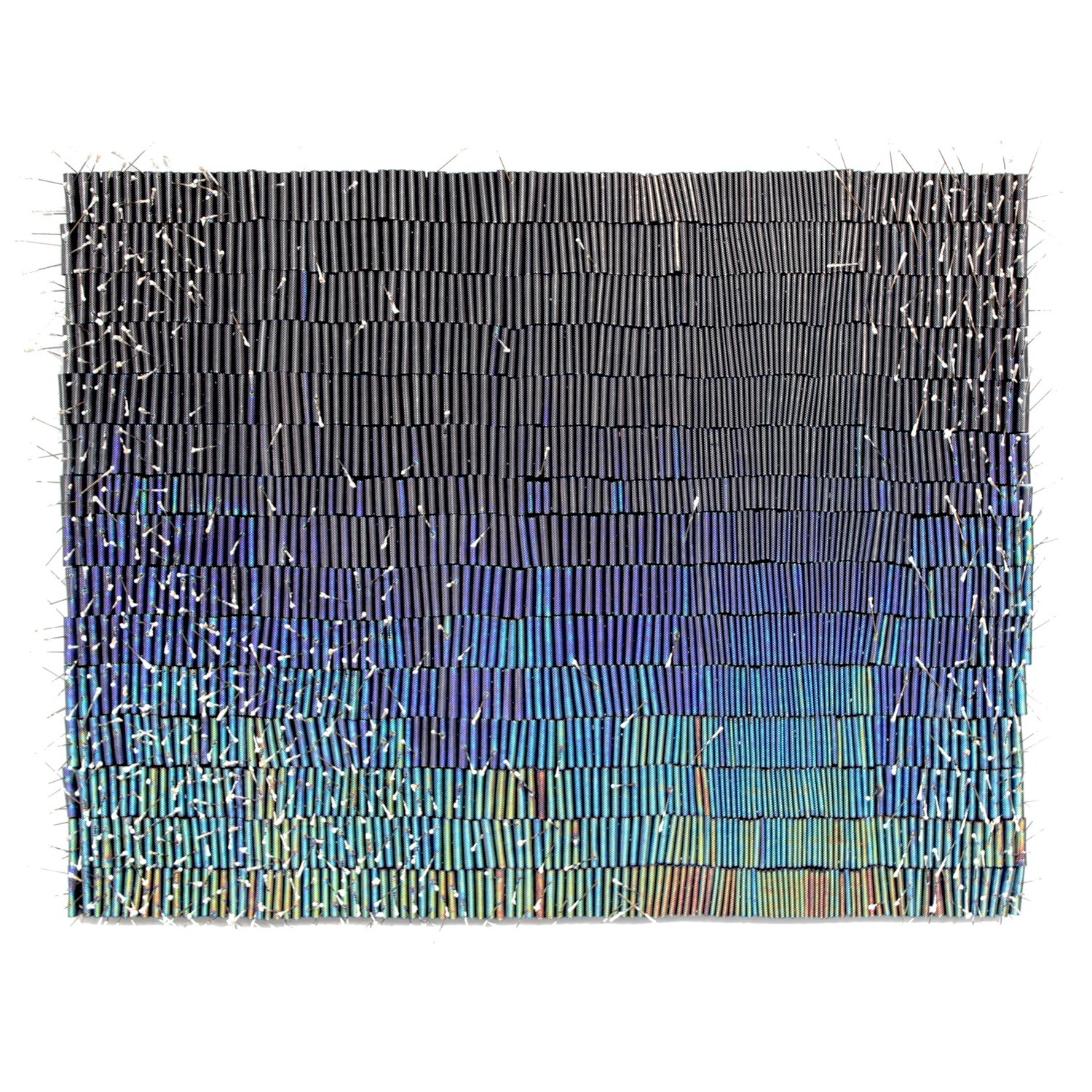
What was your route to becoming an artist?
My career as a professional artist began with interweaving loose pages of old magazines such as Vogue, Architectural Digest and National Geographic.
At first, I selected pages with images. Mostly faces and bodies. But I also sometimes used text-only pages. Almost all pages had a coloured background.
I then cut the pages into straight strips, which gave me a checkered image when interwoven at 90-degree angles. Those juxtaposed images were always so interesting. Faces would be intertwined, text would overlap in interesting ways, etc.
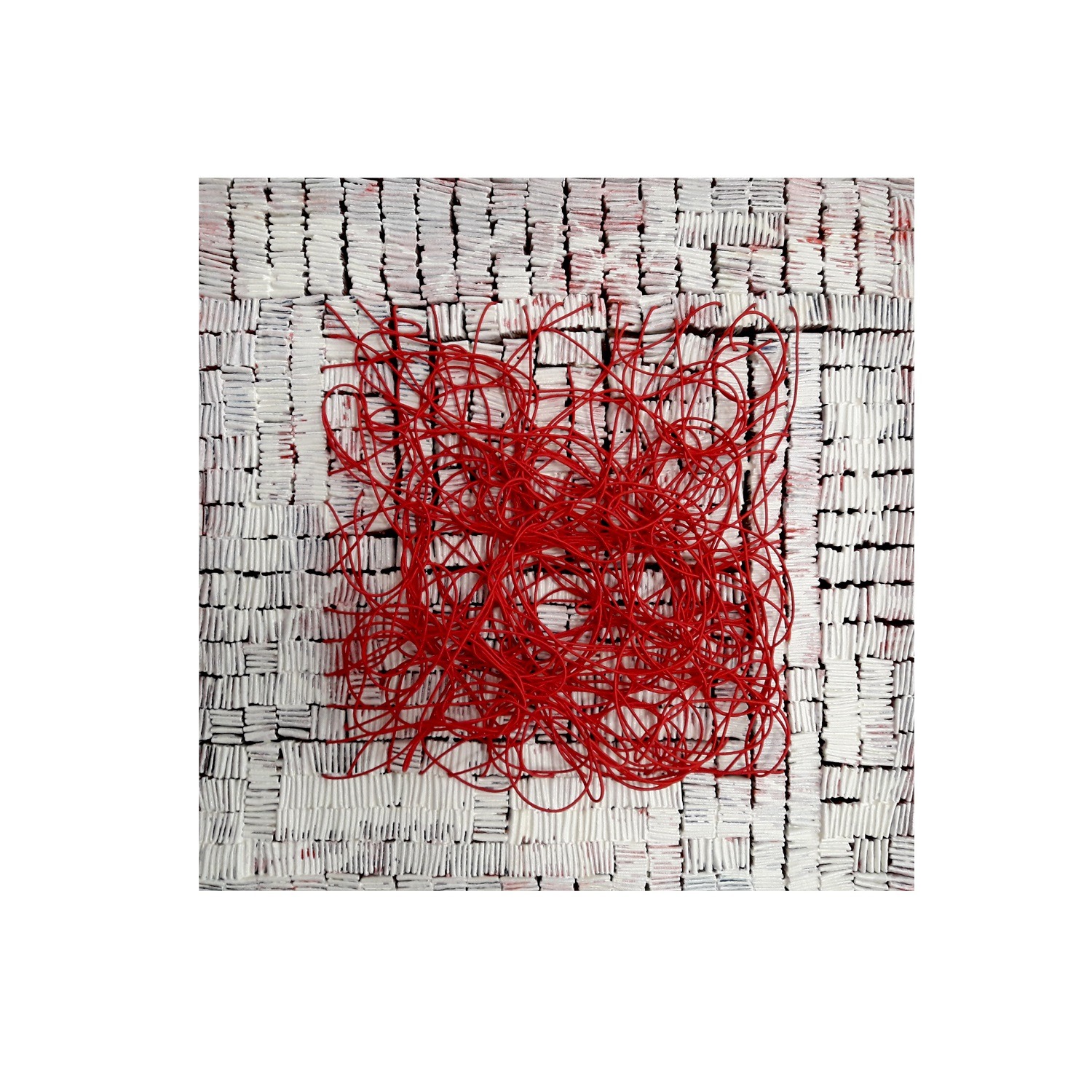
When two sequences were ready, I then cut those back into strips and interlaced the two, resulting in a single woven piece.
Finally, I cut off the excess of the single piece to create geometric shapes that came close to human shapes. That’s when my first series of works called Involuntary Exclusion was born. The series portrayed the human being in his process of geometrization due to consumption without any kind of critical awareness.
The moment the pages interlaced, the images merged with the letters. And at that moment, words that appeared due to the separation of syllables complemented the decoded human parts.
Although professional artists and geometric abstraction movements had already used the technique, there were still many possibilities to work with and explore. And my process of clumping layers on top of each other was something new for me.
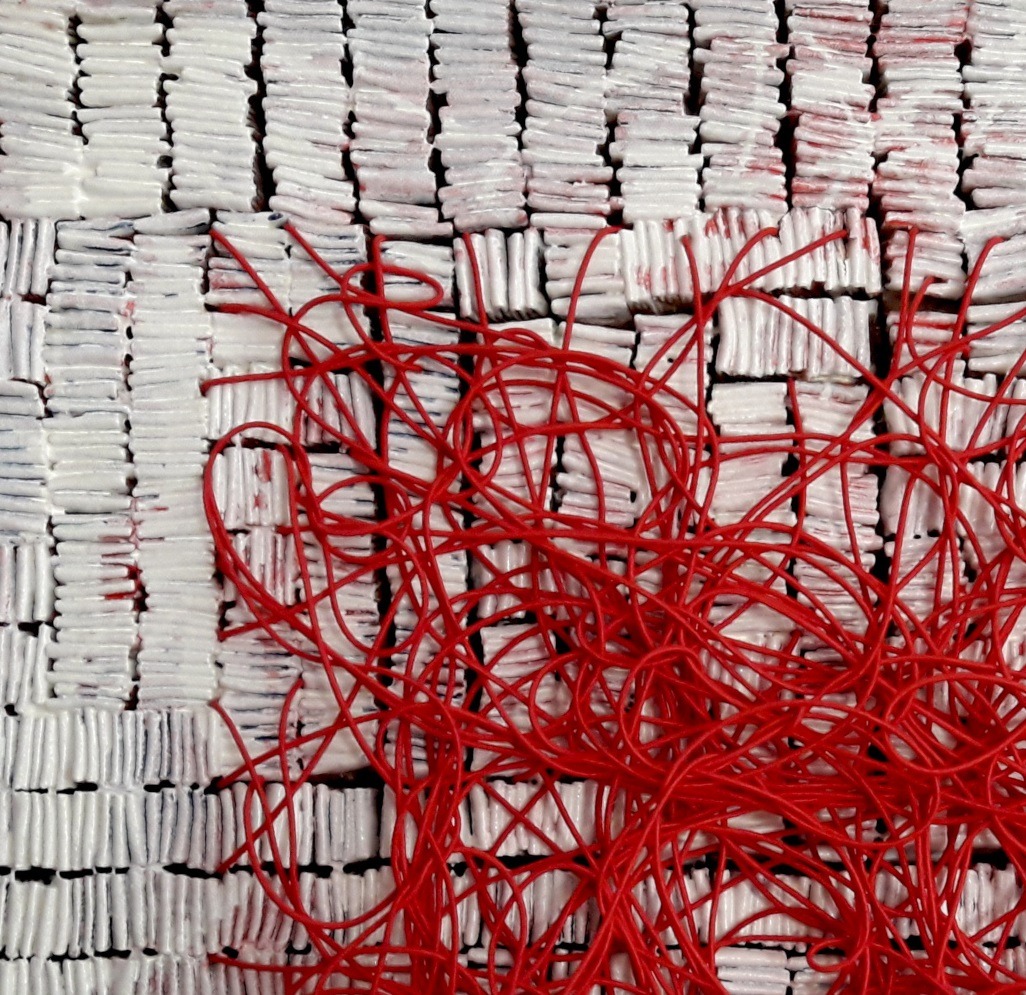
Stitching in a construction zone
Tell us about your process from conception to creation
I love to experiment. The idea of using new materials all the time is fascinating to me. And I like to mix it all with ideas that exist in the textile universe.
I can see wood, metal, glass, resin, copper wire and needle all mixed up as if it were part of the same story. I once created a work that mixed glass, wood, copper wire and glue, and to reinforce my idea, I named the work Roots.
I combine all these various elements and tie it all together with the most flexible material of all: a sewing thread.
When working with cotton canvas strips, I first iron and dye the fabric. I then use my folding technique on the strips, creating hundreds of pieces folded like an accordion.
I manipulate the fabric to create a grouped sequence. This gives me a straight and solid foundation.
I stick the strips one by one on the wood. I use wood because of its rigidity. The weight of the grouped materials is too much for just a fabric base, making the work bend backwards and not having the kinetic effect I want.
I also use cables, paint, glue and wires to create my pieces. The cables and wires are used to tie or shape an art piece. They help create an abstract perception as if it were a second skin of the work itself. The cables and wires also relate to my father’s industrial career, which is an added bonus.
Ink and glue are often used to enhance the pictorial perception of work—to help draw the observer’s attention to a particular area to create the physical identity of the work.
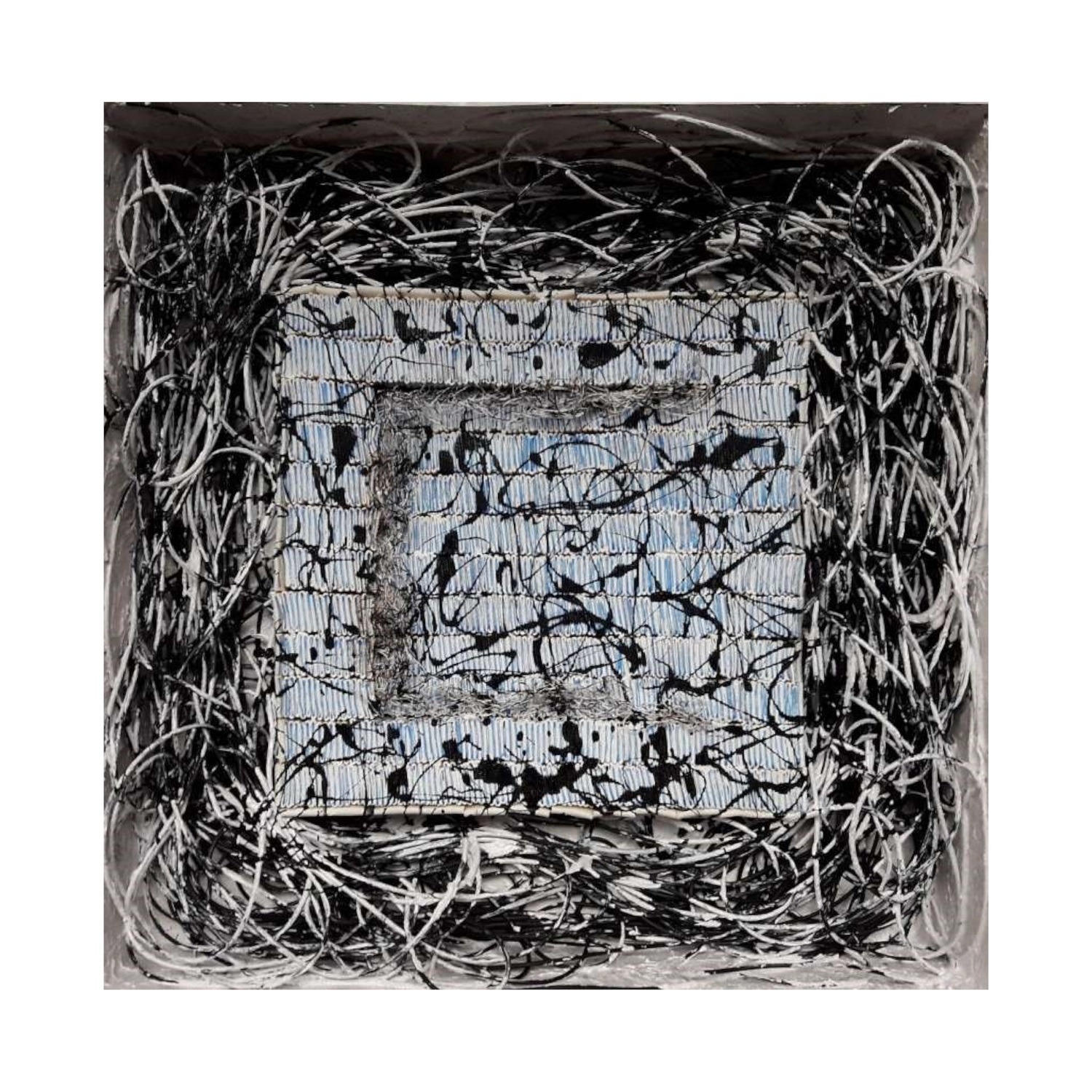
Tell us a bit about your chosen techniques and how you use them
I always try to investigate the possibilities that Textile Art has to offer. And I usually work in the morning because I think the morning light favours the colours.
As noted earlier, I like to mix different techniques with different materials. It is wonderful to be surprised at the behaviour of the matters themselves. Each element was industrially created to behave in a certain way, but when they’re all combined, out comes the new.
I once used a synthetic enamel-based glaze on glue, and bubbles popped up beautifully as they dried, creating unique prints on the wooden base.
I most enjoy working with fabrics, needles, threads, and strings. They allow me to create anything I want—small or large, colourful or monochrome.
I only use a sketchbook for creating if I’m working on an installation. Otherwise, such as panels or drawings allow me to let it happen naturally to understand the process later.
If I am not satisfied with the result of the work I am working on, I’ll leave it aside and jump to start another work. Then I go back to that first work and complete a series.
I create a series of works because a single work generates countless possibilities. The creation is infinite, and the possibilities are endless. Plus, the more I investigate an idea, the more it becomes a challenge. I think it is my attempt to exhaust the inexhaustible.
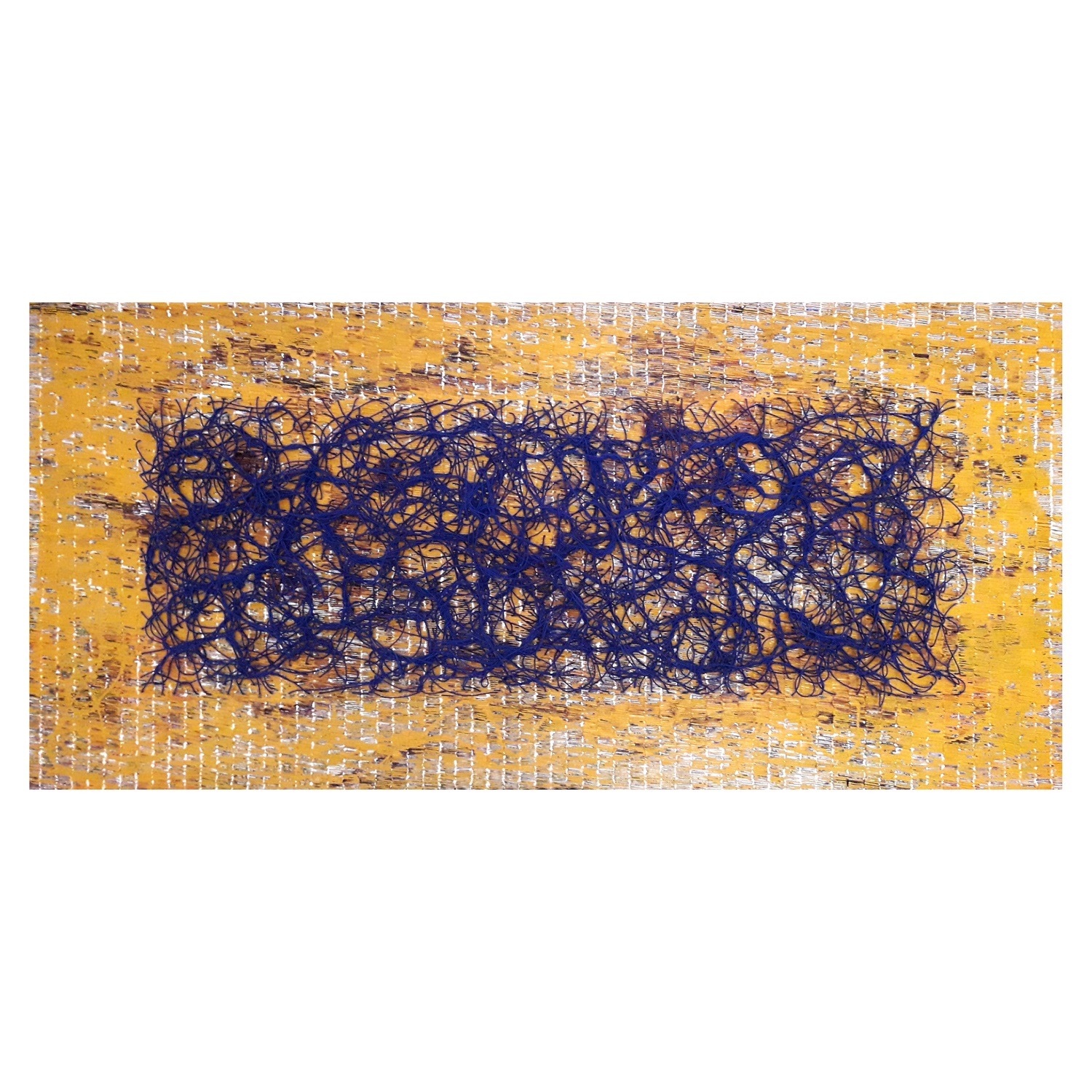
What currently inspires you?
My source of inspiration is the human being. We are everything and we are nothing at the same time. We are the same and different depending on the situation. It’s arguments like these that make me reflect and create.
I like to observe what we don’t see and can’t see. I like the idea that we have to work hard to reach a conclusion that will never be the absolute truth, but that would make sense at some point.
I’m also inspired by the world, the people, the social behaviour, the relationship we have with the objects, the feeling before our own decadence. I like to observe and seek out philosophy responses to our behaviours.
To that end, I have been researching over the years to create a more textile and anthropological technique.
The world has undergone a drastic transformation. Natural resources are running out, and the need for recycling increases. Time is also one of humanity’s greatest villains, for if we do not work as one society to solve these problems, the world will charge us for our irresponsibility.
My recent research aims to awaken man to a more humane and global type of consciousness toward environmental education. Therefore, I research ancient dyeing techniques and textile production with sustainable materials with natural fibers.
I’m also exploring the relationship of contemporary man to the rigidity of social systems.
Contemporary man is one who fights for his rights. The millennial generation is being born with a perception of the world and the function of man with the planet that in past generations has not been clearly absorbed.
Technology has advanced scientific research and brought with it new possibilities for interaction. Information comes faster with a small amount of detail, but it translates into much more practical world events.
I would particularly like to be able to live 1000 years longer to see these transformations. I like to reflect and make arguments about what will be possible within that context.
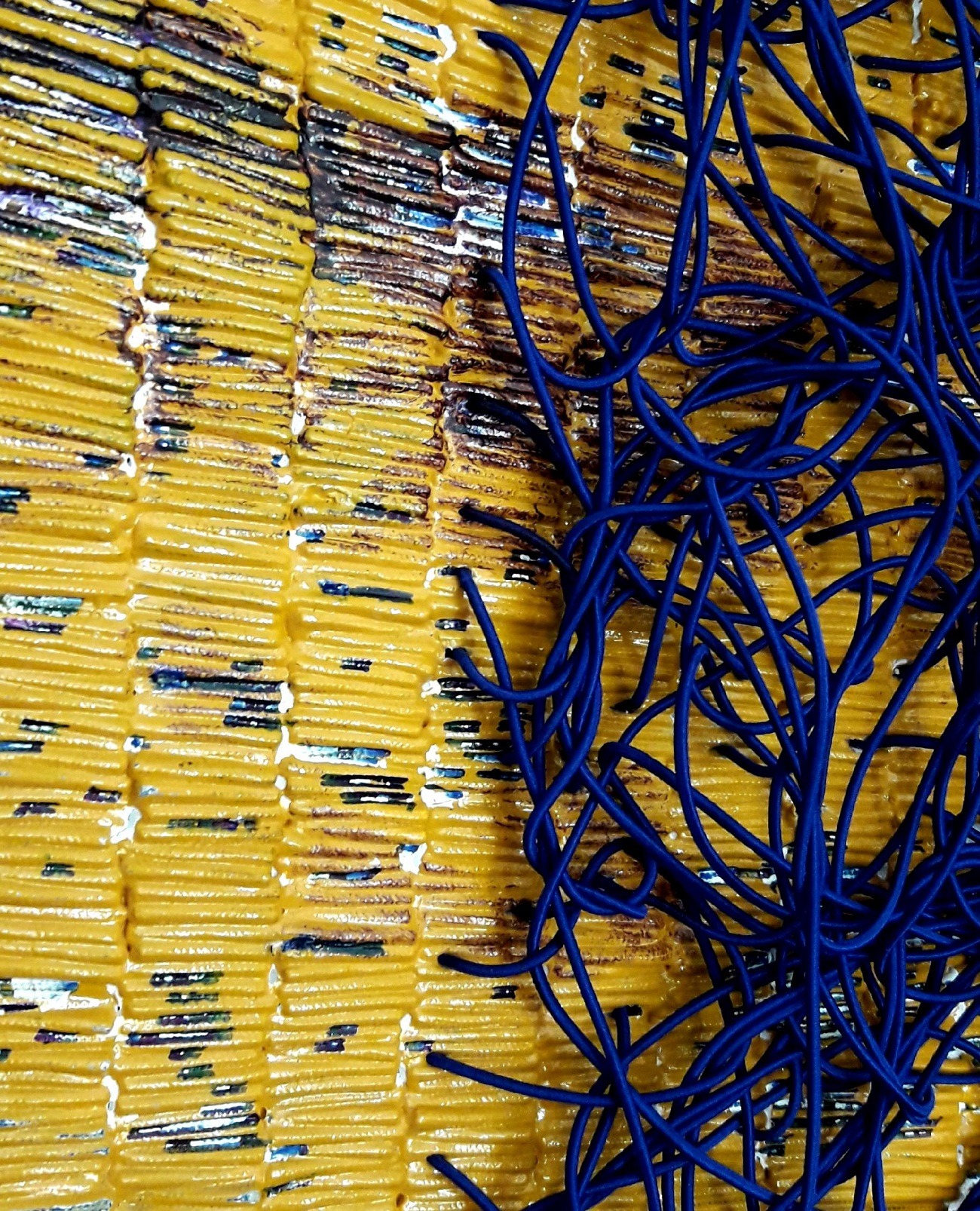
Experimentation is a constant
Tell us about a piece of your work that holds particularly fond memories and why?
On my last visit to New York, I had the pleasure of seeing a work by Eva Hesse at the Whitney Museum. (you can see this piece here: Eva Hesse: No title) It had no title, and in my opinion, it did not need one. The piece featured ropes covered with resin paint and was suspended in the air. I almost cried in front of the work as it touched me deeply.
That representation of a piece of art floating in the air was exactly what I felt inside of me. And it inspired me to create my own three-piece geometrical painting that had lots of attached copper wire. It was sold to a collector from Detroit, MI, in The United States, so, unfortunately, I don’t have an image of the piece.
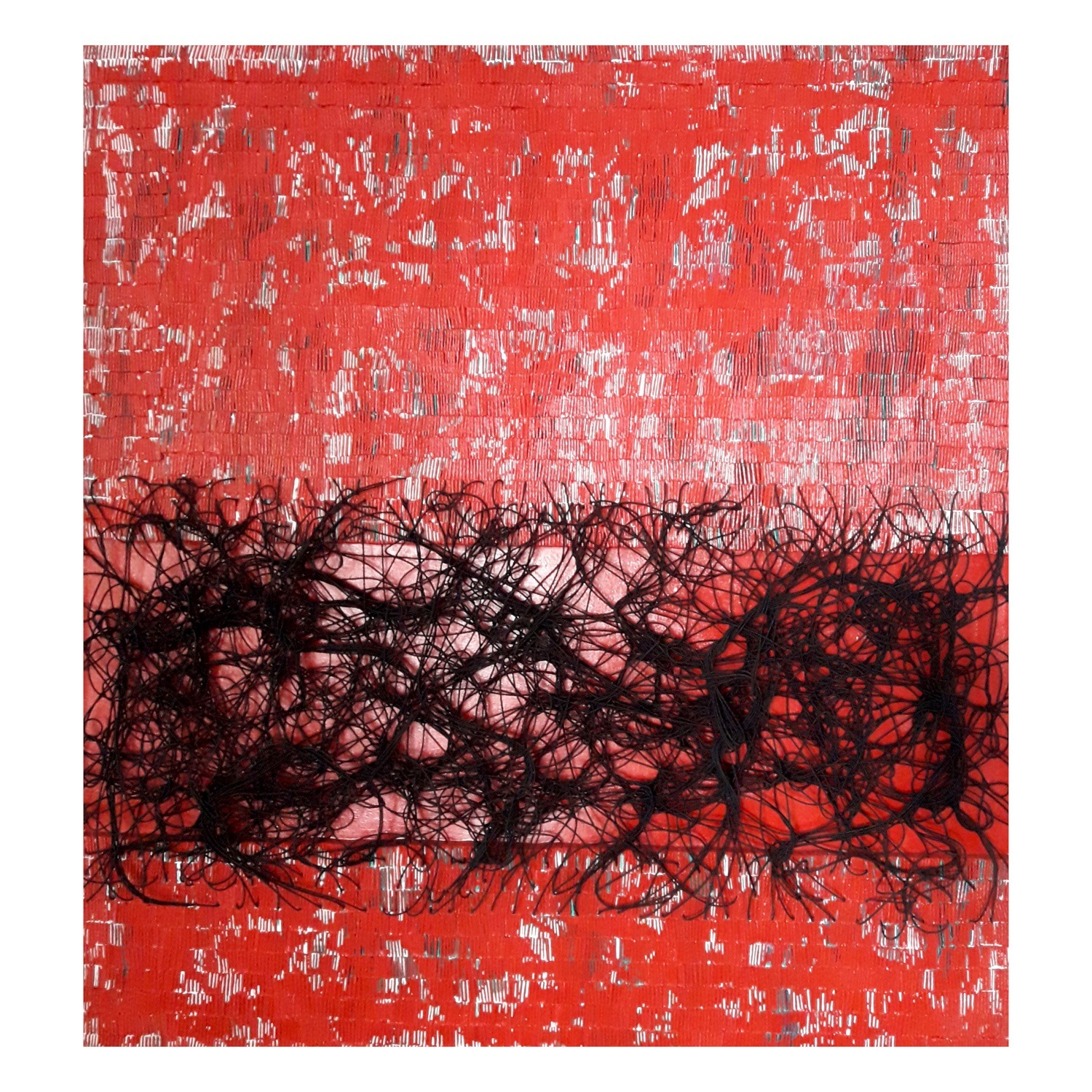
How has your work developed since you began and how do you see it evolving in the future?
I have many ideas, so I write them down for the future.
I always liked installations and video art, so I think I’ll be exploring those techniques a lot in the future
I have also collaborated with couture fashion designers Paulo Dolce and his brother Flavio Dolce (shoe designer) to create hand-painted fabrics for one-of-a-kind weddings gowns and customized hand-painted shoes. I loved working on those projects.
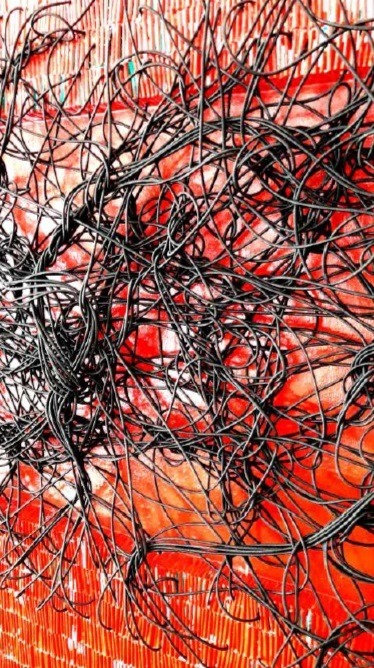
What advice would you give to an aspiring textile artist?
It is a market that is slow to respond. It all depends on who analyzes your work. But it is important to always think outside the box and believe in what you do.
The textile market has a life of its own, so it is important to always be researching and staying on top of it. You must know how to give in order to achieve what you want.
For more information visit rodrigofranzao.com
Have you ever worked with industrial tools or supplies in your textile art? Let us know below.
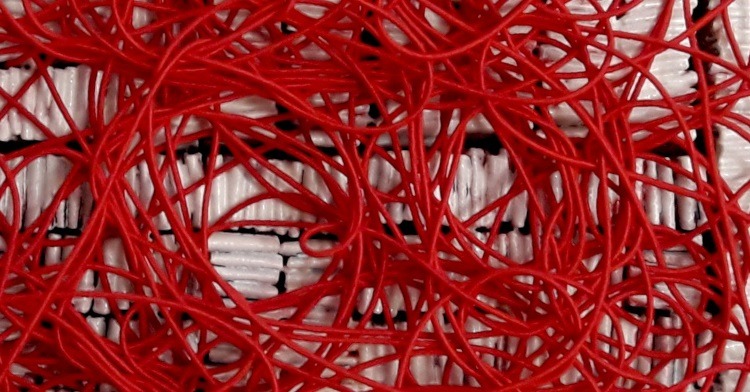

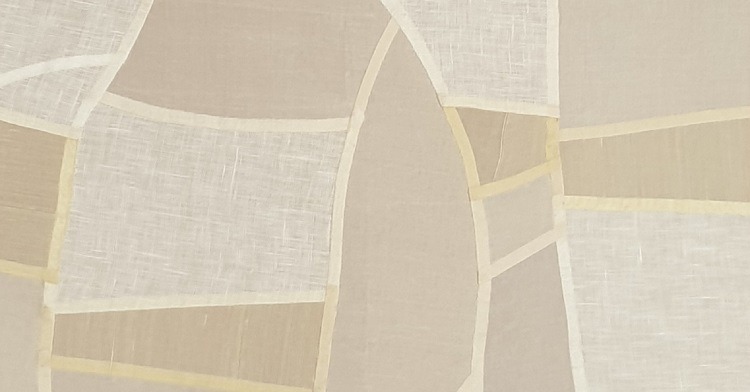
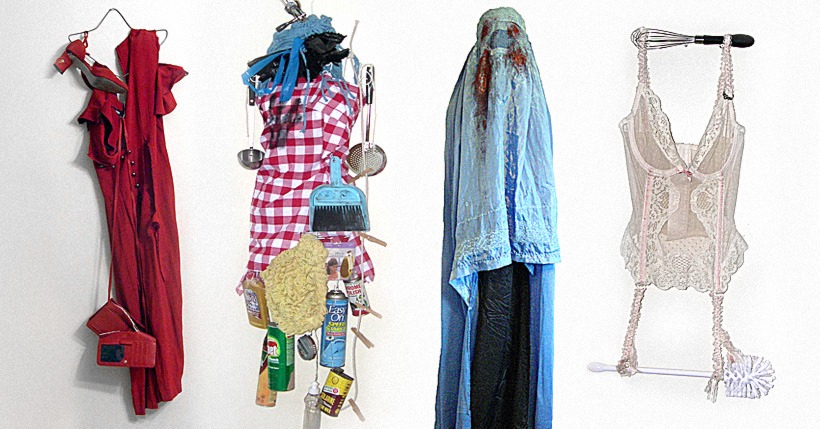
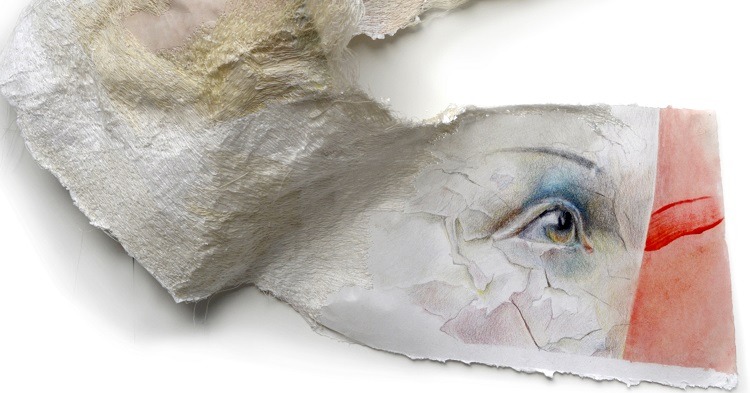
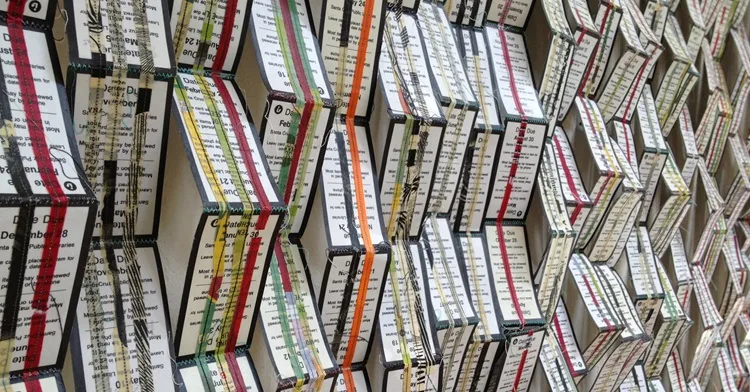
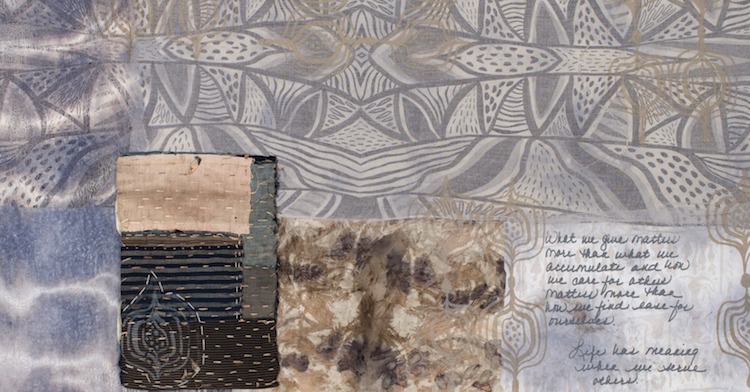
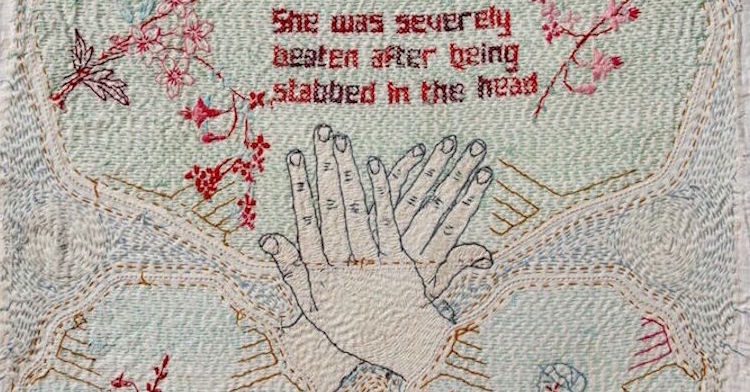
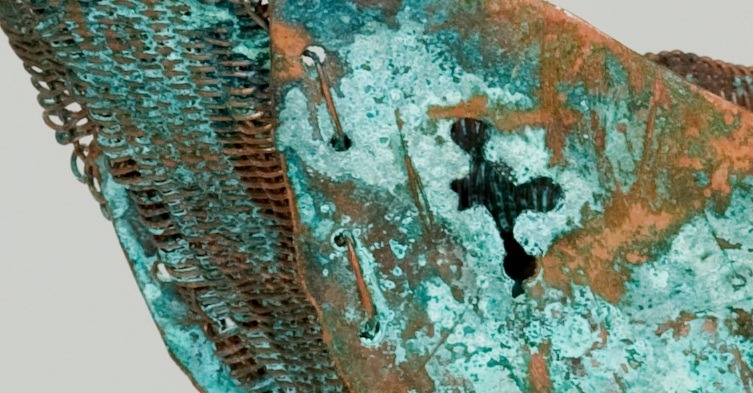
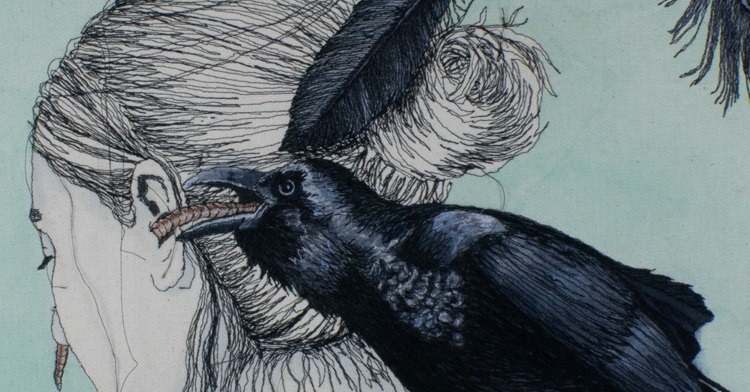
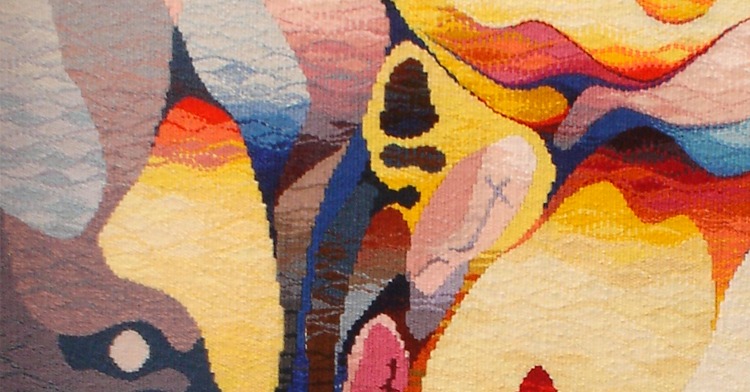
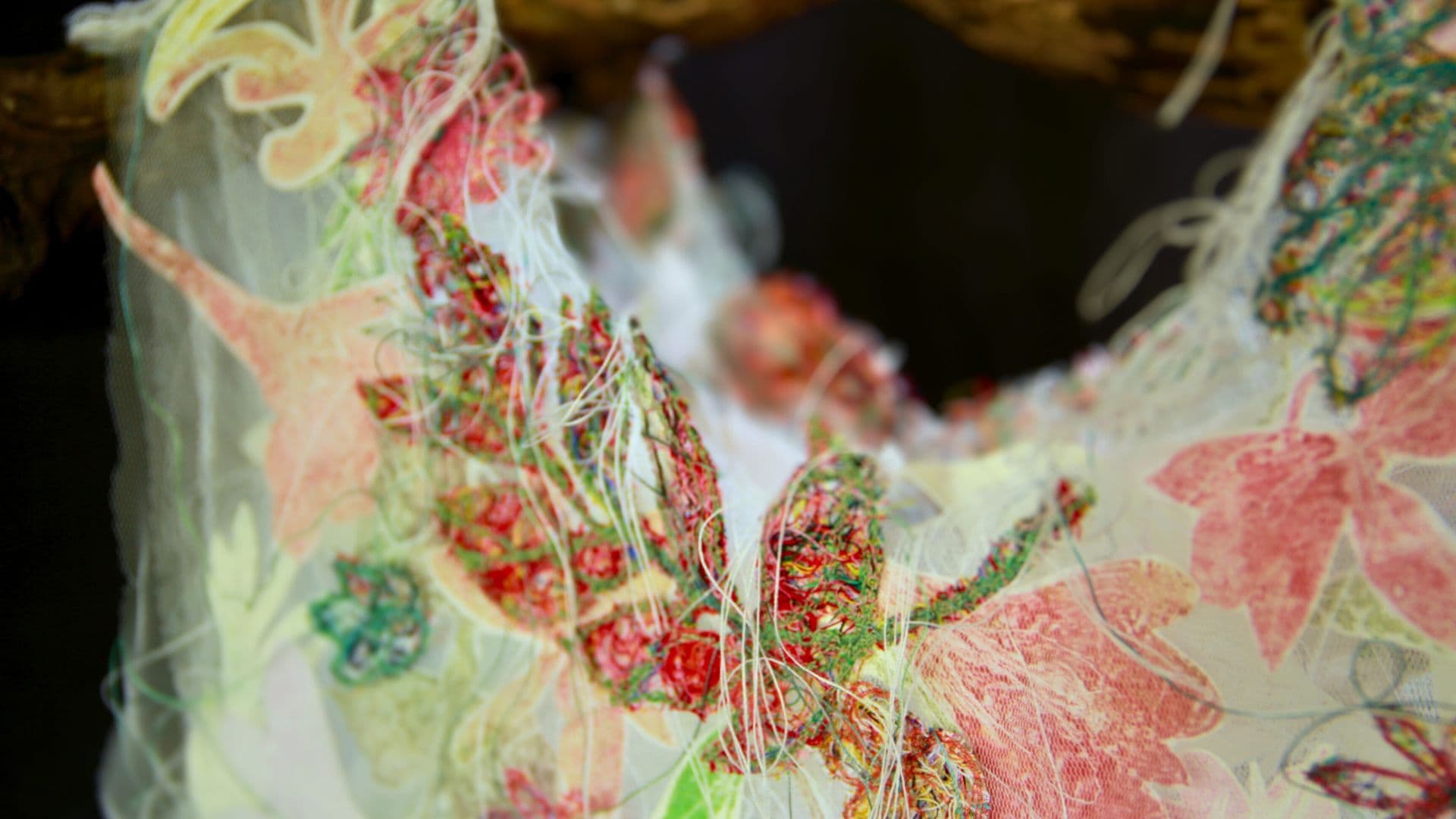
Comments